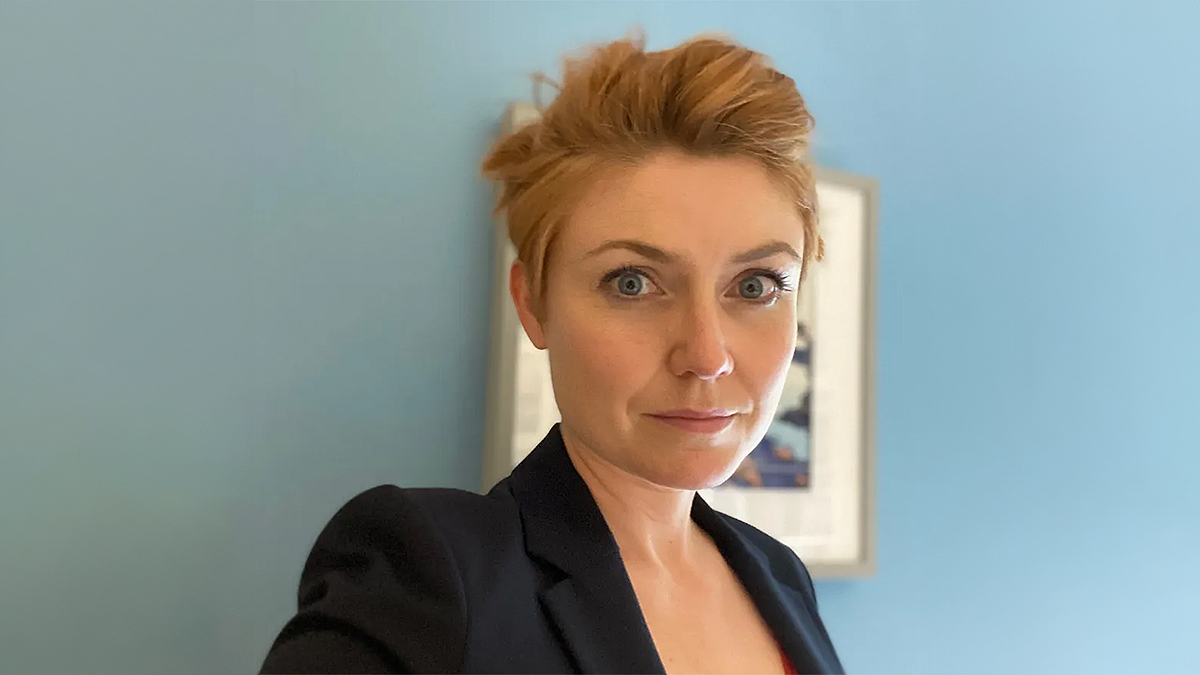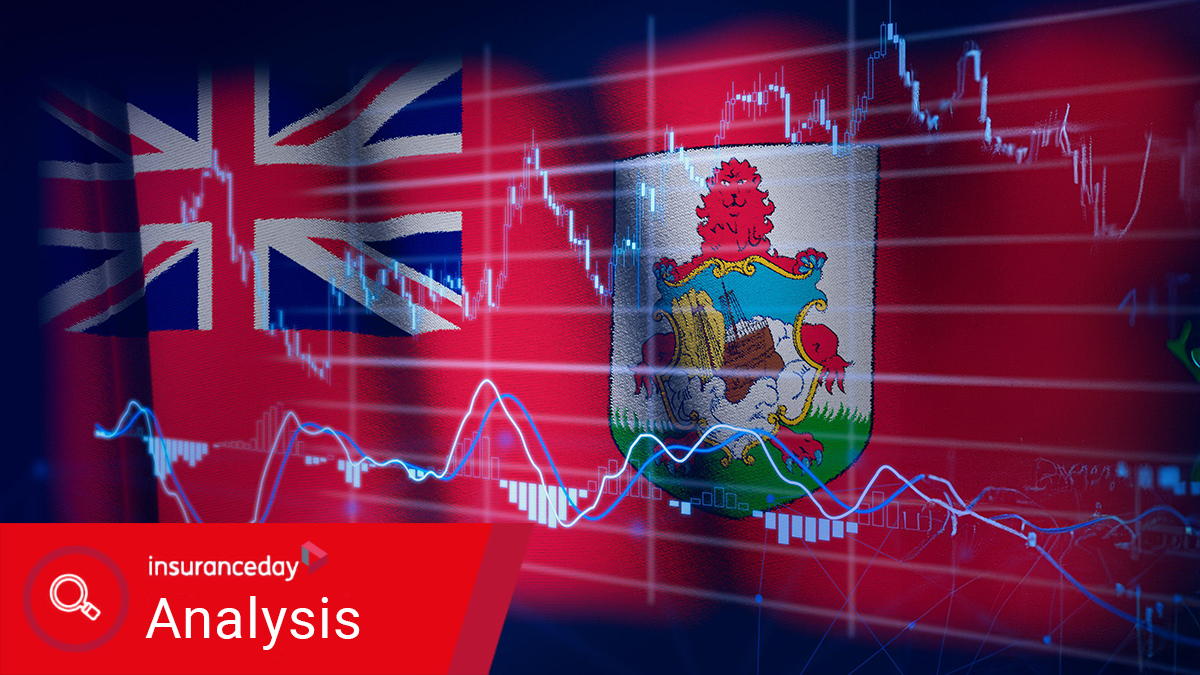Re/insurers invited to learn ocean science for human good
‘We really want to keep introducing re/insurers, investors, entrepreneurs and other capital providers to the merged ASU-BIOS family,’ chairman Stephen Weinstein says
Arizona State University and Bermuda Institute of Ocean Sciences ‘uniquely placed’ to offer insights into ocean ecology, industry veteran Stephen Weinstein says
A century of ocean research combined with an elite scientific resource offers unique insights into climate risk, according to re/insurance industry veteran Stephen Weinstein.
Founded in 1903, the Bermuda Institute of Ocean Sciences (BIOS) documents the warming of the ocean in concert with rising global temperatures, changes in ocean chemistry and associated long-term changes to the ecology of the ocean.
In 2021, BIOS merged with the Global Futures Laboratory at Arizona State University (ASU), joining its mission to help sustain a habitable planet.
ASU-BIOS researchers leverage a variety of vessels and facilities operating at the edge of the Sargasso Sea in the north Atlantic to explore the ocean and address critical local and global environmental issues.
Among its recent achievements is being selected to “ground truth” Nasa’s new plankton, aerosol, cloud and ocean ecosystem satellite mission, which launched from the Kennedy Space Center in Florida in February.
Weinstein spent nearly 20 years at RenaissanceRe as group general counsel and chief compliance officer, a member of its executive committee and as chair of RenRe’s Risk Sciences Foundation. He has held numerous roles dedicated to catastrophe and environmental research, including chair of the extreme events committee at the Reinsurance Association of America and now chair of BIOS.
Proven track record
A Harvard and Columbia University alumnus, Weinstein says the credentials of ASU cannot be overstated. “ASU is among the most pragmatic, nimble and solutions-oriented research institutions and it gives BIOS an opportunity to relaunch, with a much broader strategic ambit, something that has a proven track record of success,” he says in an interview with Insurance Day, referring to the Risk Prediction Initiative (RPI).
BIOS launched RPI in 1993 to facilitate communication between the scientific and business community. A year before, Hurricane Andrew had galvanised Bermuda as the future risk capital of the world. RPI undertook research focused on making science on natural hazard risk available and understandable to stakeholders. According to Weinstein, RPI played a significant role in the aftermath of Hurricane Andrew is propagating a more robust, validated view of Atlantic hurricane risk, a peril of significant interest to the Bermuda market, as well as Florida-based, US national and global re/insurers.
Subsequent major topics of RPI-funded research include paleotempestology (the relationship between tropical cyclone activity and climate), improvement of best-track data and European storms. RPI members and stakeholders receive reports, data and research focused on addressing business-relevant information on the science of extreme events.
Weinstein says “RPI 2.0” will be focused on climate and technological innovation, with a concentration on finance risk, as well as mitigation strategies for reducing the impacts of rising CO2 on Earth systems, both ecological and human.
“Traditional insurance underwriting is based on a framework and grounded in a foundation of historical data, but we don’t have data for the heat conditions of the next century or even the next decade. We don’t have claims data for homes in the new wildfire scatter patterns. We don’t have flooding data from homes that haven’t been at great risk before”
Stephen Weinstein
Bermuda Institute of Ocean Studies
“Success has a thousand parents, but the validation BIOS offered in the period of uncertainty following Hurricane Andrew, as an independent institution with peer-reviewed standards, was enormously valuable. However, decades later, before our merger with ASU, to a degree RPI ran out of runway to continue to add more relevancy to the sector,” Weinstein says.
“Today there is broad consensus that while more can be done and no model is perfect, we understand Atlantic hurricanes reasonably robustly. However, there are numerous hazards we don’t understand nearly as well, some of which are also climate-related, such as extreme heat.
“But the RPI’s proven model of governance and collaboration with industry, and the independent, robust and energised scientific research ASU-BIOS can offer, has a lot of value to accelerate a better, transparent view of these risks. In turn, these collaborations can reduce the risk of loss of life, promote community-wide resiliency and help launch exciting new financial and physical products to the market.”
Competitive advantage
The re/insurance industry is at a competitive advantage compared with many other sectors in understanding climate risk, Weinstein stresses, thanks to its “willingness to embrace uncertainty”.
“The sector is never going to have a precise number for most manifestations of climate-driven risk,” he admits. “Instead, we’re going to have an estimate of risk and of the impacts of mitigating and adaptive features.”
The pace of change with respect to climate-driven hazards is changing the nature of risk, he says, highlighting wildfire.
“To take one peril, we don’t understand wildfire risk as well as we need to and traditional methodologies based on past events are proving less effective for a peril and exposure set that are both rapidly changing. For example, experts in wildfire risk management have noted that, historically, population density centres in wildfire-prone regions are correlated with where wildfires used to not go. Paradise in California is a good example of this,” Weinstein says.
 The aftermath of the 2018 Camp fire in Paradise, California
ZUMA Press Inc/Alamy Stock Photo
The aftermath of the 2018 Camp fire in Paradise, California
ZUMA Press Inc/Alamy Stock Photo
“But for a range of reasons, including changes in ocean heat, which have led to changes in wind patterns, we are seeing changes to the scatterplot of where wildfires start and where they propagate towards. Current and developing conditions seem to be pushing some wildfires towards certain population centres and to high-value commercial property locations. As a result, the historical data, which remains important and valuable for certain hazards, seems to be less valuable for wildfire risk in a large number of locations.”
Mitigation efforts
The insurance sector wants to encourage businesses, governments, small and medium-sized enterprises and households to invest in site-specific, economically efficient mitigation, Weinstein stresses.
He says: “Collectively we have been engaged in trying to find ways to better communicate why mitigation can be valuable and to encourage policymakers to promote it and consumers to adapt it. One of those efforts was to come up with a metric. We got comfortable over a very long process, from my perspective, with communicating the premise at the time that $1 invested in mitigation is worth $4.
“Today, the consensus is to point to an even higher return on the mitigation investment. But whatever we agree to use, we can always acknowledge it’s never actually precise. To me it’s a positive we have found a way to communicate a more digestible message, while providing access to more complete assessments and research to stakeholders who want to dig beneath a single number.”
Re/insurers need to find a way to communicate “concisely and effectively” to the public, politicians and thought leaders, but climate change requires everyone to think differently.
“Traditional insurance underwriting is based on a framework and grounded in a foundation of historical data, but we don’t have data for the heat conditions of the next century or even the next decade,” Weinstein says. “We don’t have claims data for homes in the new wildfire scatter patterns. We don’t have flooding data from homes that haven’t been at great risk before. Historical data is relevant but it’s not a complete tool to understand how to price risk today, nor to allocate capital for the time to come.”
Actionable insight
That is another reason, he adds, why capital allocators, investors, businesspeople, risk managers and re/insurers should engage with scientists, “to turn their hypotheses into tools that can be actionable in our sector”.
A not-for-profit research institute like ASU has been assembling data “for other purposes that in turn have renewed utility” in the re/insurance sector, Weinstein notes.
“It could be wildfire and extreme heat, but it could be artificial intelligence, it might be pandemic – there’s always data. It might not be the data of an underwriter’s dreams, it might be synthesised data, it might be comparable data, but in many cases I think a broadly gauged institute like ASU can begin by helping you with the potential of being able to access reasonably robust, potentially high-utility data.”
Weinstein invites re/insurers to attend the 121st anniversary of BIOS in June.
“We really want to keep introducing reinsurers, investors, entrepreneurs and other capital providers to the merged ASU-BIOS family and engage in a dialogue with them as to: Where can we help you the most? What are the perils that you fear the most? What are the perils you think you don’t understand as well as you’d like? And how can we work together to get to a better and more actionable understanding?”
Weinstein concludes: “We want to be in a conversation about what we can offer, what the scale of existing research is at ASU. And I’m willing to predict if our colleagues at ASU don’t already have the capability needed, they’ll explore with them ways to go get it. This is not the attitude of every other elite academic research institute.”



